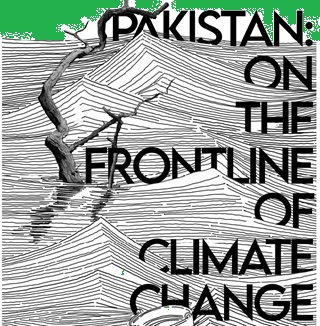Pakistan is located in South Asia and has a wide variety of climates that vary greatly between individual regions. From the arid deserts of Indus to the snow-capped mountain peaks of the north, the country experiences a wide range of climates influenced by its geography, altitude and proximity to the Arabian Sea.
1. Geographical overview
The climate of Pakistan can generally be divided into four zones.
Northern Territories: Northern Territories, which have some of the world’s highest peaks, including K2, experience colder weather and more snowfall during the winter months. This area is very popular among tourists due to its mild winters.
Western Region: Balochistan province experiences a semi-arid climate with large temperature fluctuations between day and night. This area usually receives less rainfall during the winter months.
Central Plains: Punjab has a humid climate due to its fertile soils. Summers are very hot, often over 40 °C, while summers can be very cool.
Southern Region: Sindh, especially in cities like Karachi, has a hot desert climate. Summers are very hot with high humidity, while summers are mild and dry.
2. Seasonal variations
Pakistan has four distinct seasons:
Winter (December to February): characterized by cold temperatures, especially in the north and west. Snow falls more in mountainous areas.
Spring (March to May): Temperatures begin to rise during the transition period. This is also the best time for planting as the plants begin to flower.
Summer (June to August): It is characterized by high temperatures, especially in the plains. Monsoon rains, which begin in late July, provide relief and are essential for agriculture, although some areas may experience flooding.
Autumn (September to November): Temperatures begin to drop giving relief from the summer heat. This time of year is also important for harvesting.
3. Effects of climate change
Pakistan is particularly vulnerable to the effects of climate change. Rising temperatures, erratic rainfall patterns, and an increase in extreme weather events such as floods and droughts pose major challenges.
Floods: Devastating floods in Pakistan in recent years have displaced millions and severely damaged infrastructure and agriculture. The 2010 flood was one of the most significant natural disasters in the country’s history.
Drought: On the contrary, many areas especially Sindh and Balochistan are affected by severe drought. This not only affects water availability but also threatens food security and livelihoods.
Melting Glaciers: Northern glaciers are melting at an alarming rate as temperatures rise. This increases water flow in rivers initially, but risks water scarcity in the long run.
4. Adaptation and mitigation measures
Pakistan is pursuing various strategies to address the challenges of climate change:
Water Management: Improvements in irrigation systems and water conservation techniques are essential for effective management of water resources.
Disaster Preparedness: Establishing early warning systems and disaster management plans can help reduce the impact of floods and other natural disasters.
Reforestation: Measures to increase tree cover can reduce desertification and improve air quality.
Renewable energy: Investments in solar and wind energy are important to reduce dependence on fossil fuels and reduce greenhouse gas emissions.
